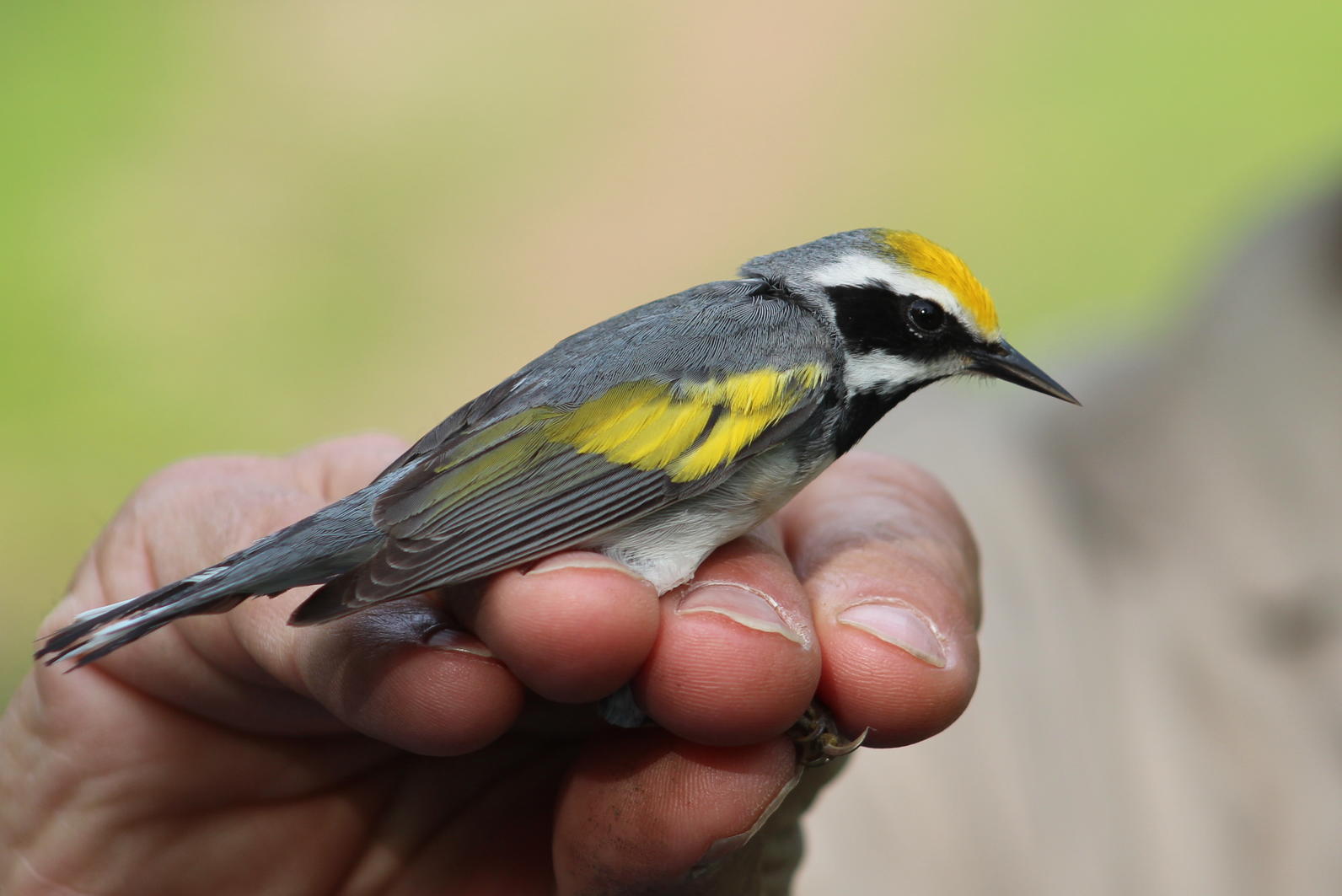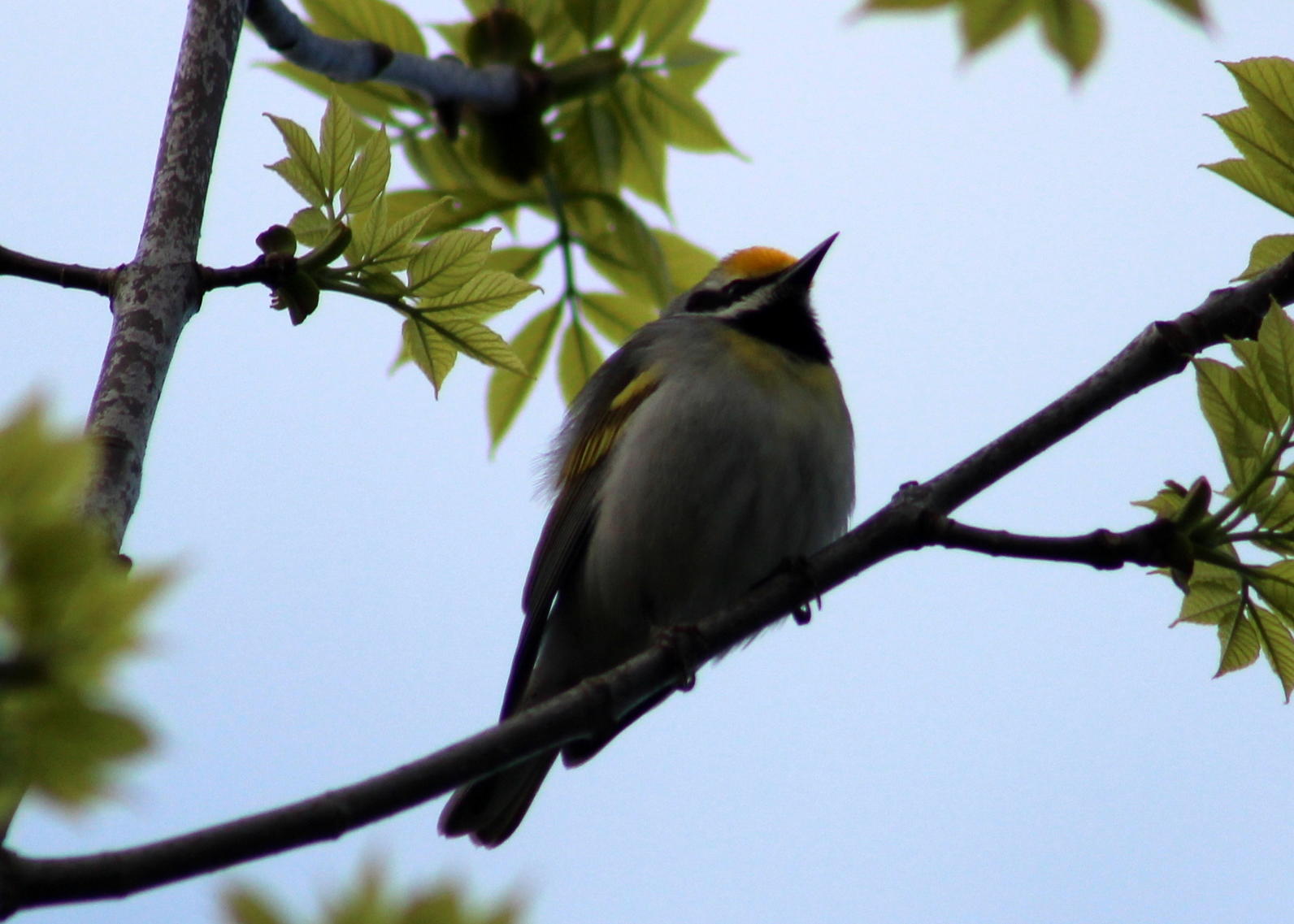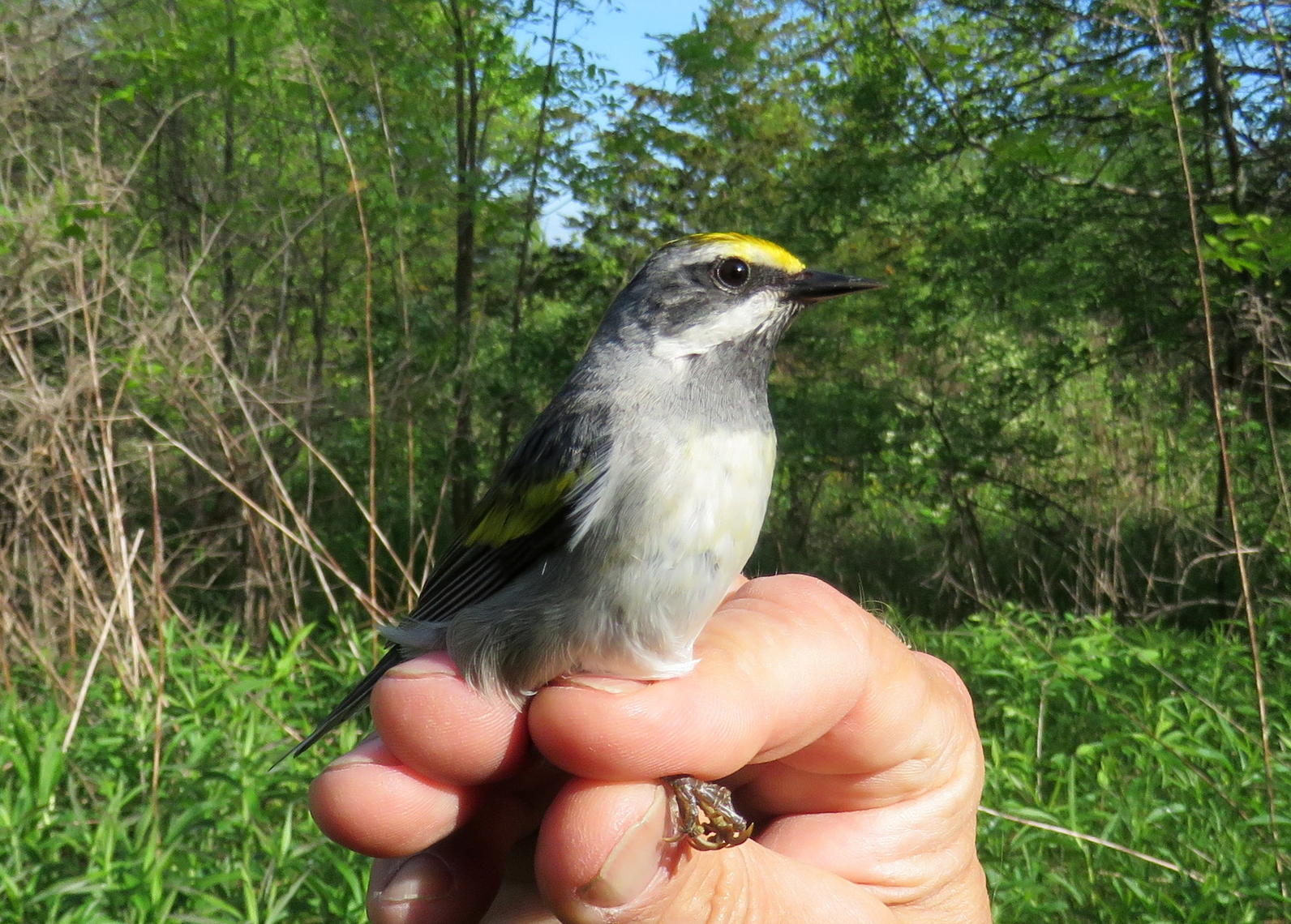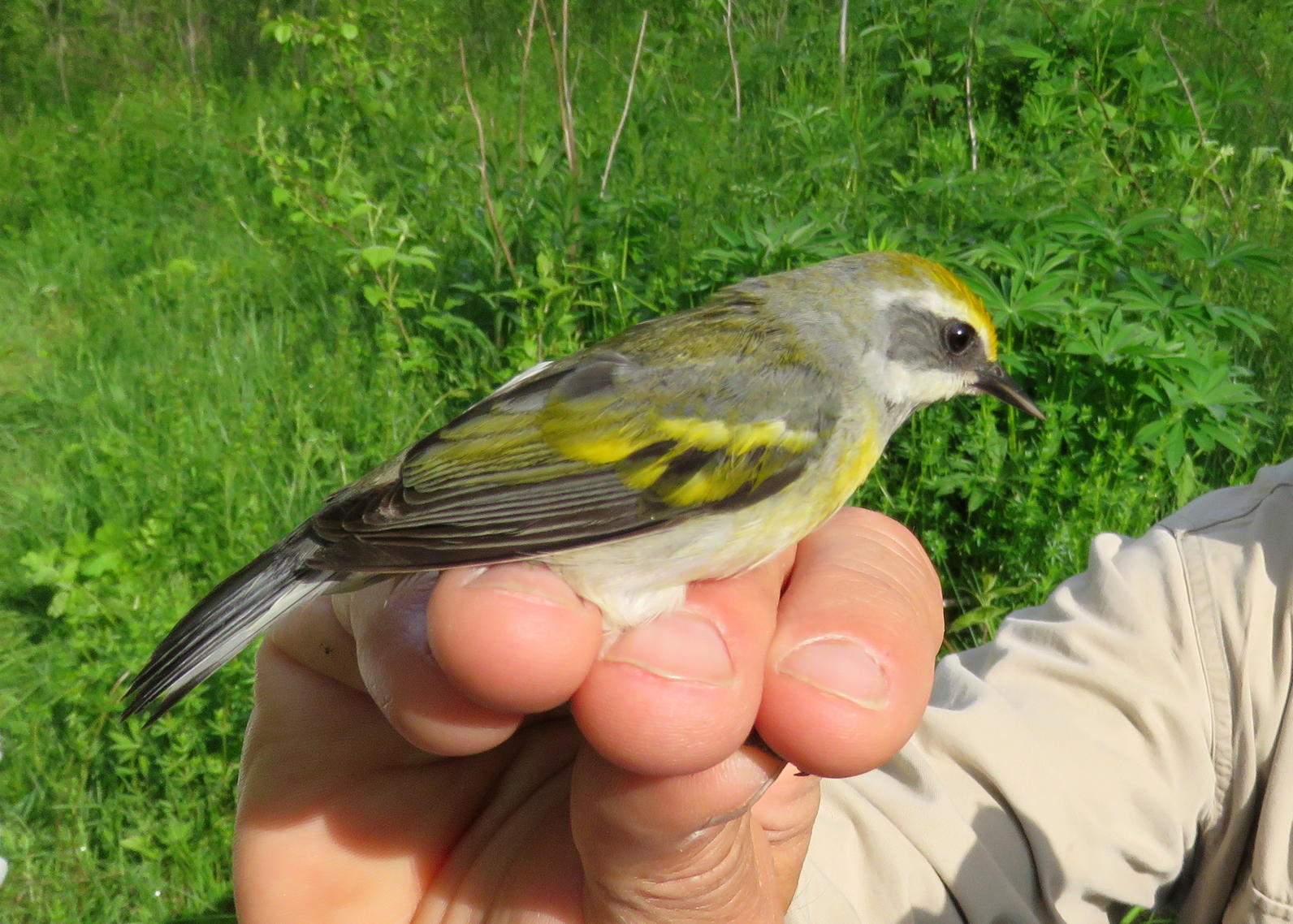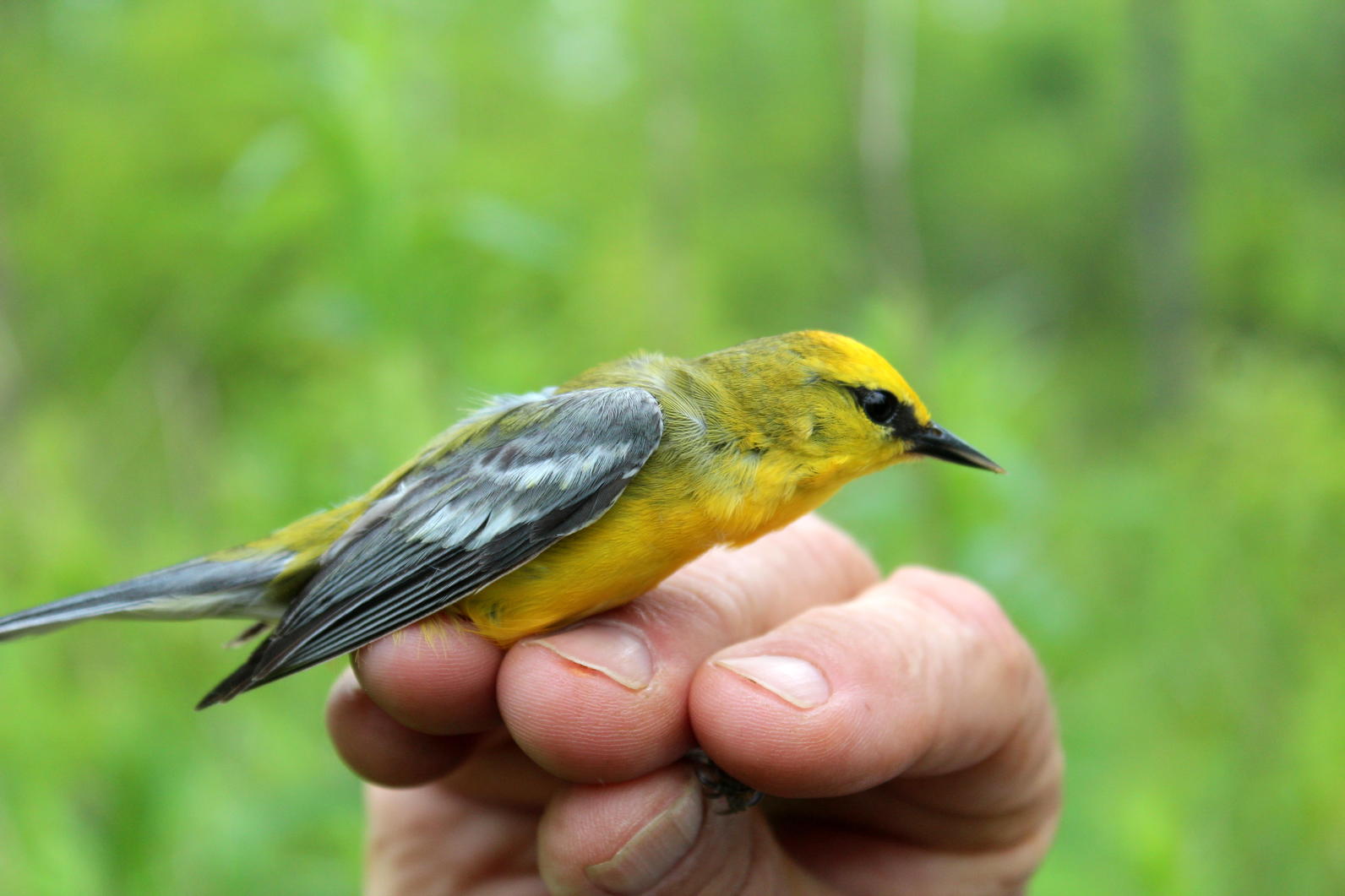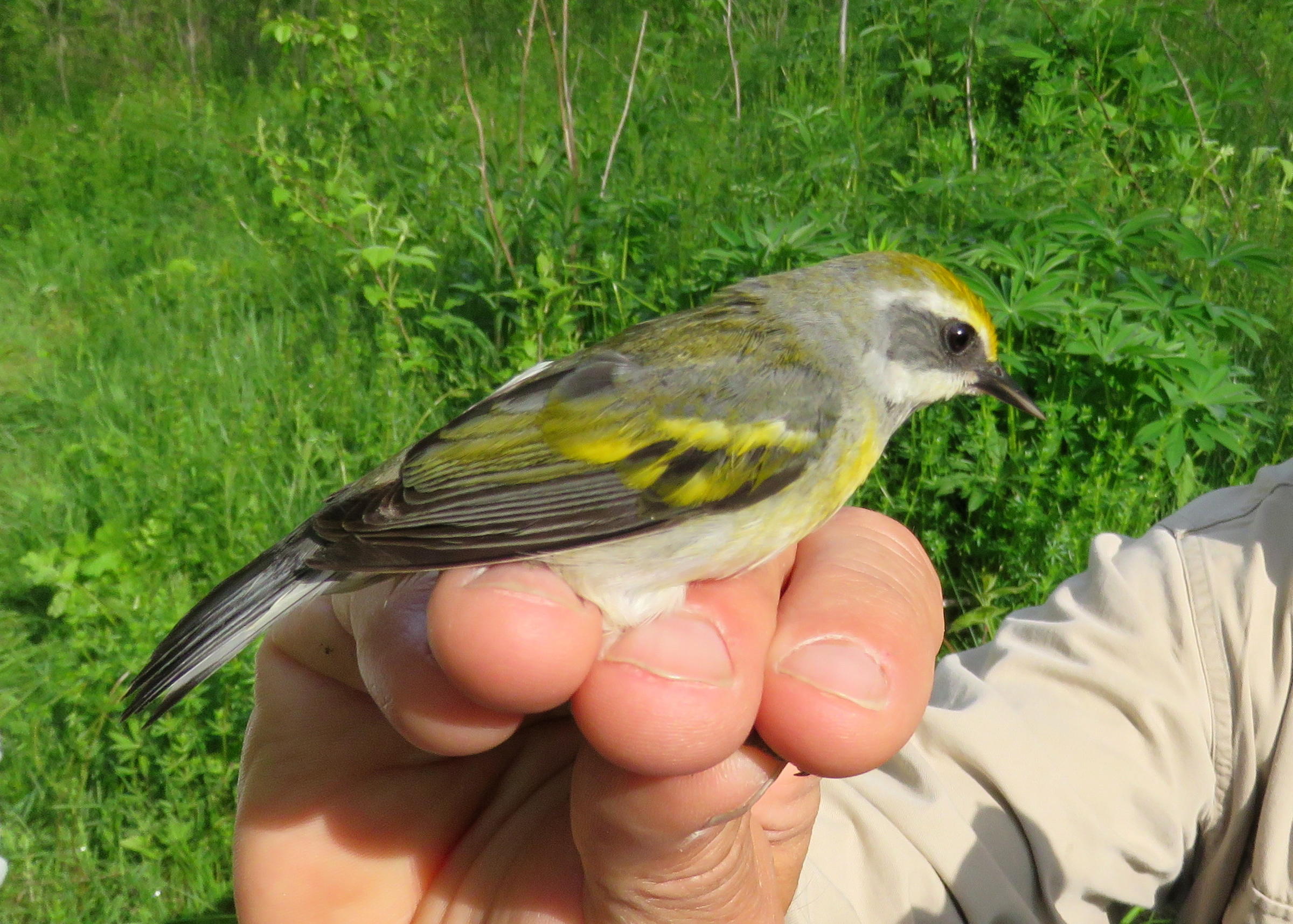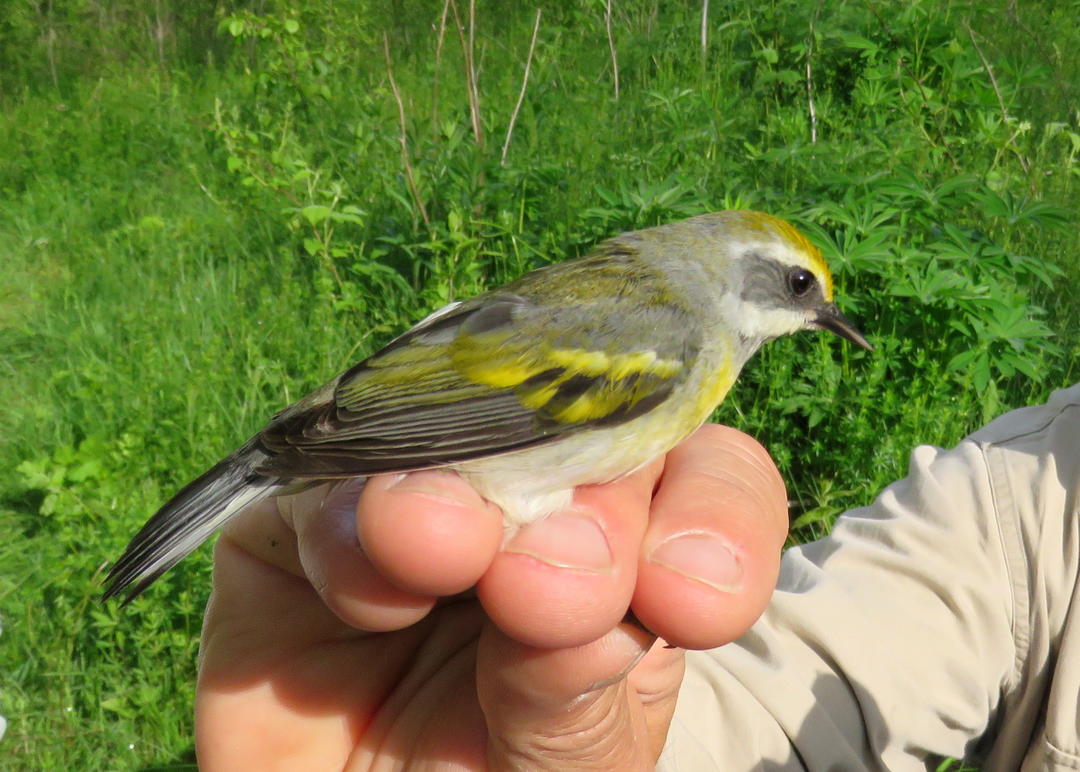Our Gold-winged Warbler Conservation efforts are complemented by data from birding community scientists. Many contribute to eBird, a global online database for bird observations. eBird observations of Golden-winged Warblers, and closely-related Blue-winged Warbler, help us gain a better understanding of their populations over time throughout the Champlain Valley.
Submitting observations to eBird is simple, though documenting Golden-winged and Blue-winged warblers (often referred to as “winged-warblers”) has its challenges because hybridization creates numerous plumage patterns. To learn more about how to correctly identify winged-warblers and submit observations to eBird, check out this article written by Ian A. Worley, Professor Emeritus, Univeristy of Vermont and Steven Lamonde, Department of Environmental Studies, Antioch University of New England.
Here's a glimpse into the confusing world of winged-warblers:
“I always thought that “pure” Golden-wingeds had to have a solid yellow wing patch, but now I hear that they can also have two yellow bars per wing. What’s going on?”
“I always understood that any yellow on the chest of a Golden-winged showed it to be a hybrid, but now someone tells me that new research says that isn’t a necessarily hybrid indicator. Is that true?”
Birders have been eager the last few years to search for and find Golden-winged Warblers, and to aid on-going research in the Champlain Valley that focuses on the status and future of Goldwinged Warblers in an environment where Blue-winged Warbler hybridization threatens the existence of Golden-winged Warblers. During these years many resident birders have become experts in finding winged-warblers, documenting their plumages in detail, photographing them, and fitting them into the eBird categories.
See for yourself the differences:
